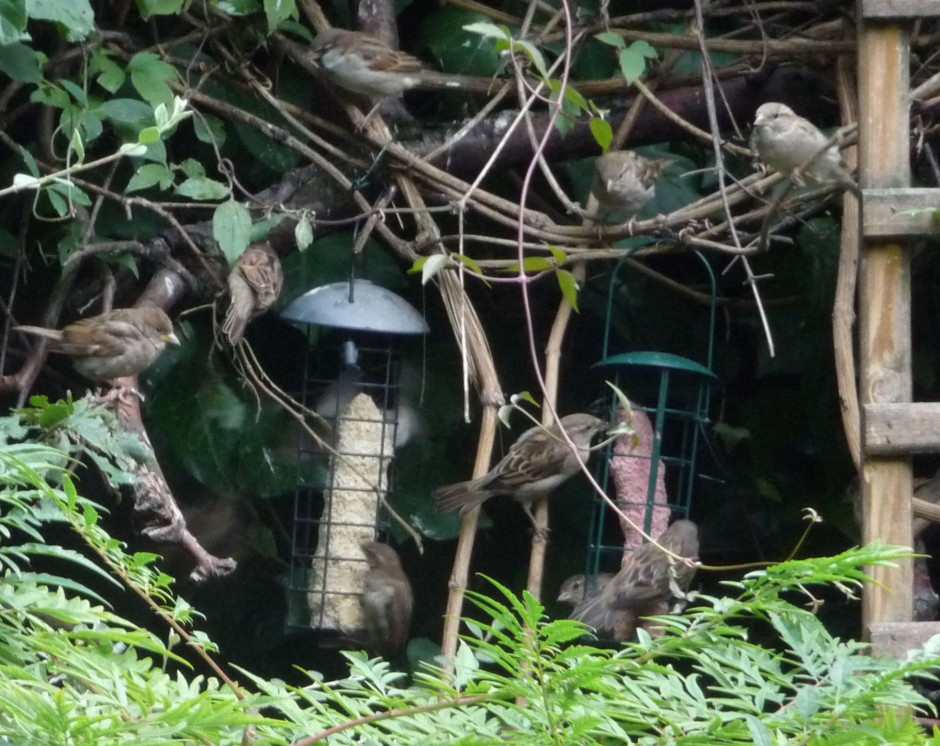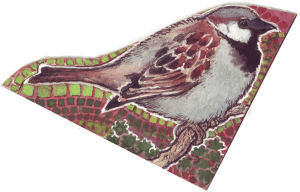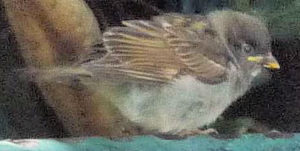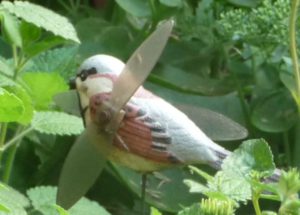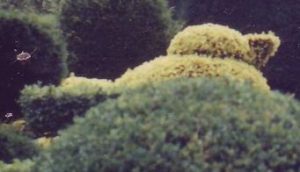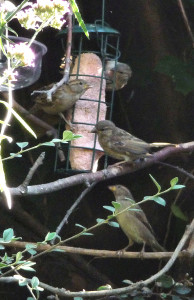THE HOUSE SPARROW (Passer domesticus)
House Sparrows have long lived happily alongside humans in London. Their enthusiastic breets could be heard from chimneys, roofs & guttering. As they hopped about, pecking at scraps & crumbs, their presence was taken for granted.
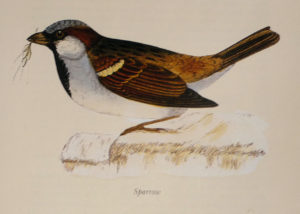 British Birds, The Rev. F.O. Morris, Groombridge and Sons of London as a partwork, 1850; Webb & Bower (Publishers) Ltd, 1895 (6 volumes); reissued in one volume, edited & w/an introduction by Tony Soper, Peerage Books, 1981. Illustrated by A.F. Lydon
British Birds, The Rev. F.O. Morris, Groombridge and Sons of London as a partwork, 1850; Webb & Bower (Publishers) Ltd, 1895 (6 volumes); reissued in one volume, edited & w/an introduction by Tony Soper, Peerage Books, 1981. Illustrated by A.F. Lydon
In Central London’s St James’s Park, you could stand on the bridge over the lake with seeds in the palm of your outstretched hand – Sparrows would fly to you, land on your hand & peck away at the seeds. That was years ago. Since then House Sparrow numbers all over the country – London included – have crashed. Here in Highbury, where they once had a noisy presence all along Gillespie Road & nearby streets, home improvements for humans have meant fewer Sparrows finding homes.
An extended family of House Sparrows has survived on nearby Drayton Park, not far from Arsenal Football Club and close to Gillespie Park’s front gate. As you walk past the Park’s high brick wall, you can usually hear Sparrow breets and chirrups coming from the overhanging vegetation. Within the nature reserve’s walls, management of native trees, wildflowers & grasses benefits wildlife – especially insects & birds. Good Sparrow fodder.
VIDEO – BABY SPARROW BY THE FATBALL FEEDERS
House Sparrows can have five fledgelings in a brood & three broods in a season : it only takes a few successful parents to bring the cheerful chirp back to the neighbourhood. We are doing what we can here. Our Sparrows come to dine on suet balls & sunflower seed hearts, but their housing needs are being met by our neighbours. As House Sparrows live their lives very close to where they were born, those who visit our birdfeeders (and yours, if you are lucky enough to have sparrows) must be quite local.
We may think that Sparrows live well on our scraps – bread and crumbs from our sandwiches. But Sparrow fledgelings need protein to grow, especially in the first 3 days of their lives. Studies have linked the decline in House Sparrow numbers to an absence of their great source of protein – insects. Nestlings were found starved to death when parent birds could not find insects enough to feed them.
See ‘What You Can Do – for Birds‘ to read about the RSPB’s campaign with London Councils to bring back House Sparrow numbers.
VIDEO – SPARROWS ON THE VINE
Garden Bird & Wildlife Co has provided many of our feeders and much of our birdfood, all delivered by mail order to our door. Their Christmas 2014 website had an article on saving our Sparrows :
“ Sparrow numbers are plummeting – down 68% in the last 3 decades, a new RSPB study has found.
 The alarming report has also found that Cockney Sparrows are now virtually non-existent and have almost totally vanished from inner London. Sparrows are fast disappearing from other cities too, including Bristol, Edinburgh and Dublin.
The alarming report has also found that Cockney Sparrows are now virtually non-existent and have almost totally vanished from inner London. Sparrows are fast disappearing from other cities too, including Bristol, Edinburgh and Dublin.
It’s believed that the decline has been caused by modern trends in garden design; the paving of front gardens, popularity of decking and increased urban redevelopment. Sparrows rely heavily on insects to feed their young and an increasing lack of garden greenery means that there are fewer to go around; the chicks are literally starving to death in their nests.”
WE MUST ACT NOW BEFORE IT’S TOO LATE : EVEN SMALL CHANGES IN YOUR GARDEN
COULD MAKE A HUGE DIFFERENCE. HERE’S WHAT YOU CAN DO TO HELP :
By allowing your garden to become a bit scruffier, there will be more insects for Sparrows to gobble up. Setting aside a patch of garden to go ‘wild’ will really help.
Stop using pesticides on your lawn
Many lawn treatments contain pesticides to kill off Leatherjackets; these are the larvae of the Cranefly (Daddy Long Legs) & are the main source of food for hungry Sparrow chicks in the summer.
Provide nest boxes NOW!
Now is the time to put up your nest boxes ready for spring. Sparrows are sociable birds & will benefit from specially designed ‘colony’ nest boxes.
Ban Leylandii and bring back Honeysuckle
Native shrubs and climbers such as Honeysuckle, Wild Rose and Hawthorn are a haven for spiders, beetles & other creepy crawlies, all vital food for Sparrow chicks. Foreign invaders uch as Leylandii provide little or no insect life at all.
Shake your table cloth!
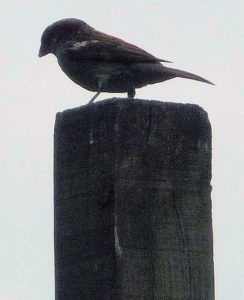 One theory suggests that an important source of food for adult Sparrows was from shaken table cloths outside the back door! With the use of table cloths decining, this food source has dried up. Shake your metaphorical table cloth by regularly putting out crumbs & other kitchen scraps.
One theory suggests that an important source of food for adult Sparrows was from shaken table cloths outside the back door! With the use of table cloths decining, this food source has dried up. Shake your metaphorical table cloth by regularly putting out crumbs & other kitchen scraps.
Scatter high energy food NOW on lawns and tables
Like all small birds, Sparrows need large amounts of energy to survive the cold winter days and nights. Providing fat and oil rich food will give adults a much needed, instant energy boost. Ultiva® Finest Blend is our best Sparrow food, as it contains suet pellets & sunflower hearts, foods high in energy.
Provide live mealworms in the spring and summer
With insects in short supply, give Sparrow chicks the protein they need by supplementing their diet with live mealworms. These energy and protein rich wrigglers are a firm favourite with many of your garden visitors, including Robins and Blackbirds.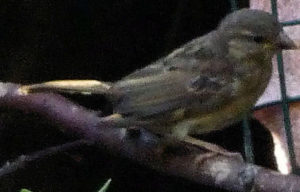
Make fresh water available at all times
Vital for all garden birds, ensure that there is allways fresh water available, especially during freezing weather.
Taking action now could help reverse this alarming trend and ensure that these chirpy, cheeky garden favourites are enjoyed by generations to come.”
See What You Can Do – For Birds page for more about how to order feeders, birdfood, etc. from this company
Garden Bird & Wildlife Co, Unit 1, Millennium City Park, Millennium Road, Preston, Lancashire PR2 5BL

